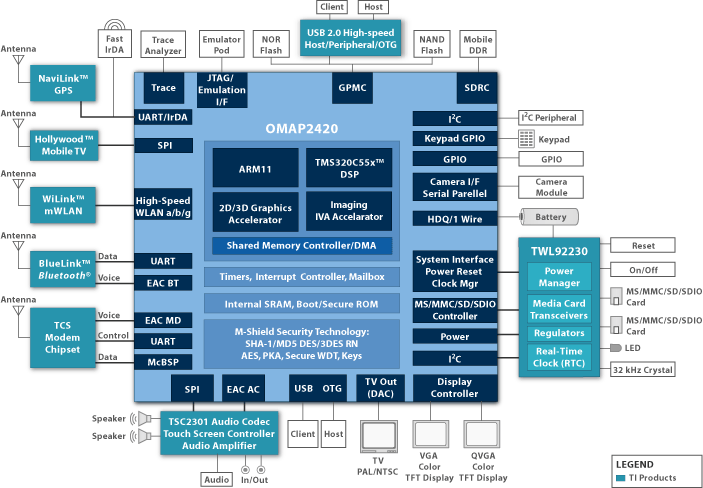BSQUARE (Nasdaq:BSQR), a leading provider of mobile solutions to the global embedded community and an OMAP(TM) Technology Center (OTC), announced that it has signed an agreement with Texas Instruments under which BSQUARE will license versions of TI's Windows Mobile® and Windows® Embedded CE Board Support Package system-level software for the TI OMAP243x and TI OMAP34xx processors. Under this agreement, BSQUARE will customize and resell the system software to OEMs approved by TI, as well as provide system integration services. The new licensing agreement with TI applies to BSQUARE's development centers in both North America and Taiwan.
"TI's OMAP processors are high-performance, power-efficient solutions for companies building next-generation multimedia-enhanced mobile and embedded devices," said Raj Khera, Vice-President of Products, BSQUARE. "With this new licensing agreement, we expect to be able to assist customers while expanding our service and system software products business."
"By working with BSQUARE, we are providing global device OEMs another option to get their OMAP platform-based devices to market faster at lower cost and with high quality," said Markus Tremmel, worldwide wireless ecosystem manager, Texas Instruments. "BSQUARE's expertise in Windows Mobile and Windows Embedded CE operating system software development and testing will benefit OEMs selected by TI for this program."
About BSQUARE
BSQUARE is a software solution provider to the global embedded device community. Committed to delivering quality, lowering project risk and time to market, our teams collaborate with smart device makers at any stage in their device development. BSQUARE is a member of TI's OMAP(TM) Developer Network, a group of leading software developers porting advanced applications to TI's high performance, power-efficient OMAP processors.
BSQUARE is a registered trademark of BSQUARE Corporation. OMAP is a trademark of Texas Instruments.



